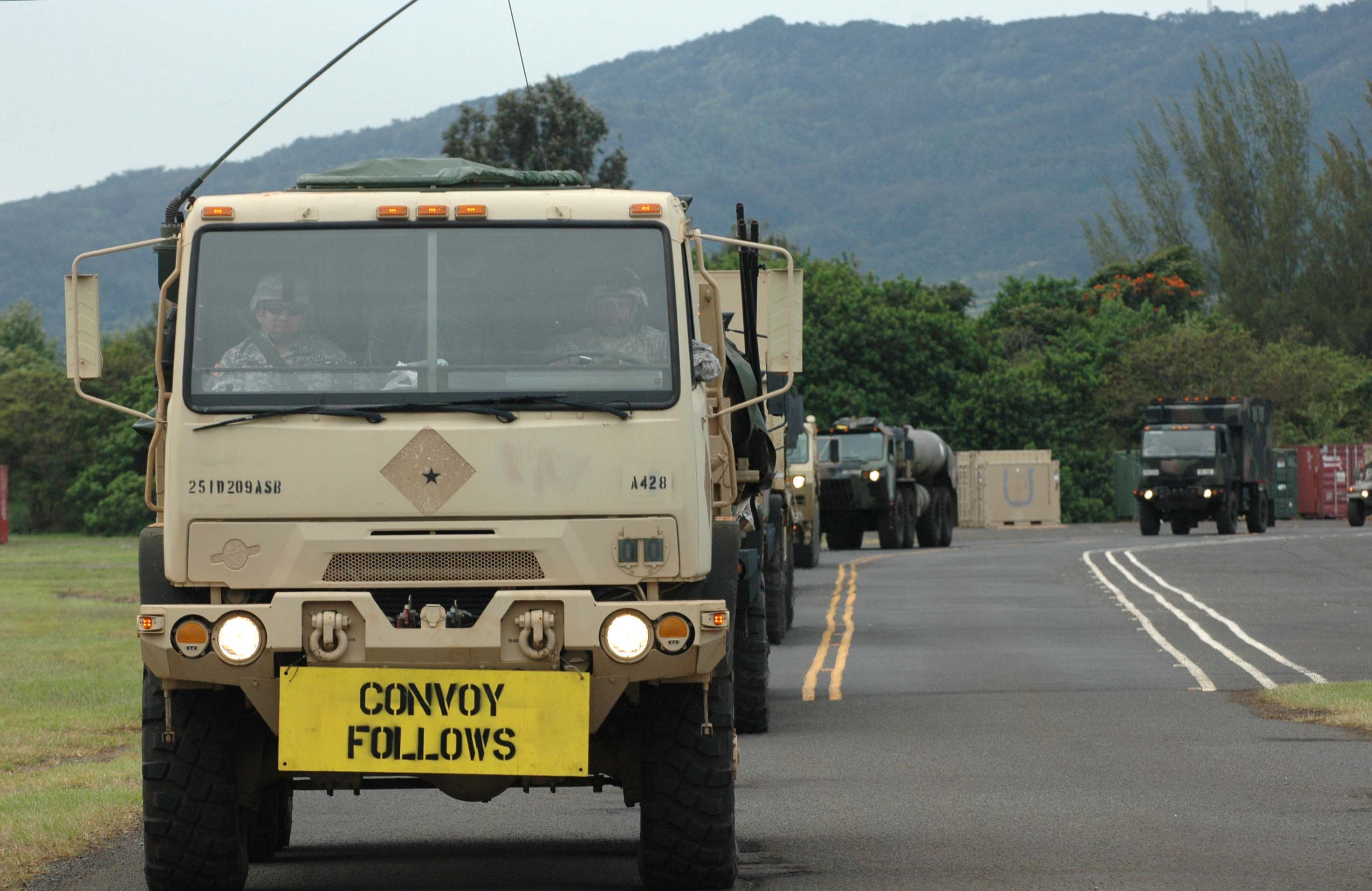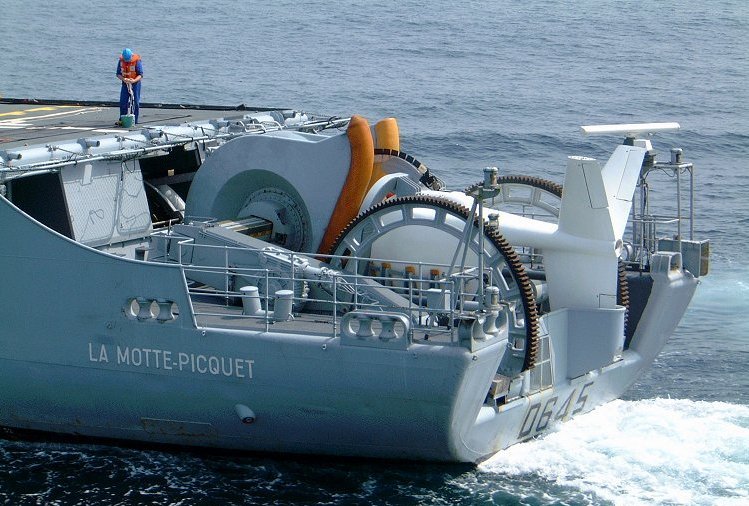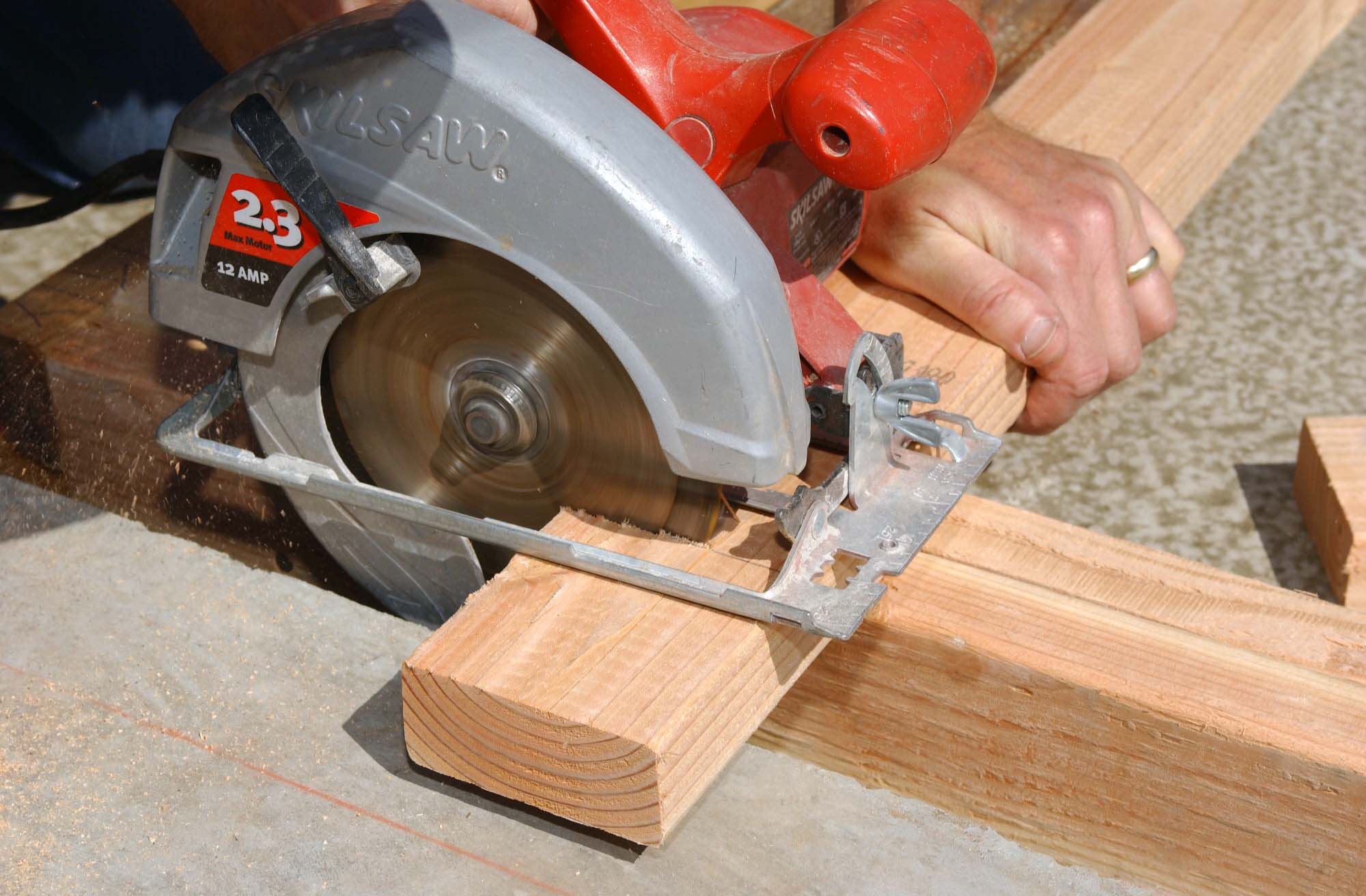|
Foxer
Foxer was the code name for a United Kingdom, British-built Sonar decoy, acoustic decoy used to confuse Nazi Germany, German acoustic homing torpedoes like the G7es torpedo, G7 torpedo during the Second World War. A US version codenamed FXR was deployed at the end of September 1943 on all transatlantic escort vessels. A Canadian version was also built called the CAAT (Canadian Anti-Acoustic Torpedo) device. It was later replaced in US service by the Fanfare (decoy), Fanfare noisemaker. The device consisted of one or two noise-making devices towed several hundred metres astern of the ship. The noise makers mechanically generated a far louder cavitation noise than the ship's propellers. This noise decoyed the acoustic torpedoes away from the rear of the ship into a circling pattern around the noise maker (which was too small to strike) until the torpedo ran out of fuel. The noisy ''Foxer'' had the disadvantage that it also prevented the ship's own Sonar#ASDIC, ASDIC from detecting a ... [...More Info...] [...Related Items...] OR: [Wikipedia] [Google] [Baidu] |
Fanfare (decoy)
The T-Mk 6 Fanfare is a towed sonar decoy developed after the Second World War by the United States Navy. It replaced the Foxer noisemaker. It was more effective than the Foxer, producing a sound similar to a ship's propeller, rather than wideband noise. File:USS Cassin Young-IMG 5402.jpg, Winches and decoys on board File:USS Cassin Young-IMG 5403.jpg, A towed decoy on board USS ''Cassin Young'' External links * https://web.archive.org/web/20060222070937/http://www.de220.com/Armament/Decoys/Decoys.htm * https://web.archive.org/web/20060213013431/http://www.de220.com/Mysteries/Mysteries.htm Sonar decoys Weapons countermeasures {{weapon-stub ... [...More Info...] [...Related Items...] OR: [Wikipedia] [Google] [Baidu] |
Sonar Decoy
A sonar decoy is a device for decoying sonar. One may be released from a submarine or a surface vessel. A decoy acts as false targets for human operators and/or sonar-homing weapons such as acoustic torpedoes. Many count as a type of torpedo defence. Submarine decoys The first submarine decoys were the German Bold (decoy), Bold fitted to U-boats of World War II. These were a pellet of calcium hydride in a simple metal container. On contact with sea water, the calcium hydride decomposed to produce a trail of hydrogen gas bubbles that acted as a bubble curtain and reflected ASDIC impulses to produce a false target. The container trapped hydrogen and floated, with a crude spring valve to maintain buoyancy to keep it at a constant depth. Later decoys, such as Sieglinde (decoy), Sieglinde, were motorised and could deploy their false target away from the host submarine, increasing safety. Surface ship decoys Decoys were also used by surface ships to decoy the developing acoustic to ... [...More Info...] [...Related Items...] OR: [Wikipedia] [Google] [Baidu] |
T11 Torpedo
The G7es (TXI) "Zaunkönig II" was a torpedo developed for Nazi Germany, German U-boats during World War II. The torpedo was electric and had an effective range of at a speed of . This torpedo employed acoustic, passive homing to find its target after a straight run of . This evolution of the G7es torpedo was created to counter the Allies' ''Foxer'' noise-maker countermeasure. This weapon was never actually employed in wartime as Germany had surrendered by the time testing was fully completed. The only known deployment of G7es (TXI) was on the final mission for which was Depth charge, depth-charged and sunk by Royal Air Force, RAF aircraft on 5 May 1945. Of the 16 torpedoes salvaged from the wreck in 1993 at least three were TXI's. One torpedo was restored and is currently on display alongside the U-boat in the United Kingdom, while the rest were picked for parts and blown up. See also * G7e torpedo * List of World War II torpedoes of Germany References External linksA brief sy ... [...More Info...] [...Related Items...] OR: [Wikipedia] [Google] [Baidu] |
The Battle Of The Atlantic 1939-1945 A24712
''The'' is a grammatical article in English, denoting nouns that are already or about to be mentioned, under discussion, implied or otherwise presumed familiar to listeners, readers, or speakers. It is the definite article in English. ''The'' is the most frequently used word in the English language; studies and analyses of texts have found it to account for seven percent of all printed English-language words. It is derived from gendered articles in Old English which combined in Middle English and now has a single form used with nouns of any gender. The word can be used with both singular and plural nouns, and with a noun that starts with any letter. This is different from many other languages, which have different forms of the definite article for different genders or numbers. Pronunciation In most dialects, "the" is pronounced as (with the voiced dental fricative followed by a schwa) when followed by a consonant sound, and as (homophone of the archaic pronoun ''thee' ... [...More Info...] [...Related Items...] OR: [Wikipedia] [Google] [Baidu] |
Decibel
The decibel (symbol: dB) is a relative unit of measurement equal to one tenth of a bel (B). It expresses the ratio of two values of a Power, root-power, and field quantities, power or root-power quantity on a logarithmic scale. Two signals whose level (logarithmic quantity), levels differ by one decibel have a power ratio of 101/10 (approximately ) or root-power ratio of 101/20 (approximately ). The strict original usage above only expresses a relative change. However, the word decibel has since also been used for expressing an Absolute scale, absolute value that is relative to some fixed reference value, in which case the dB symbol is often suffixed with letter codes that indicate the reference value. For example, for the reference value of 1 volt, a common suffix is "#Voltage, V" (e.g., "20 dBV"). As it originated from a need to express power ratios, two principal types of scaling of the decibel are used to provide consistency depending on whether the scaling refer ... [...More Info...] [...Related Items...] OR: [Wikipedia] [Google] [Baidu] |
Convoy
A convoy is a group of vehicles, typically motor vehicles or ships, traveling together for mutual support and protection. Often, a convoy is organized with armed defensive support and can help maintain cohesion within a unit. It may also be used in a non-military sense, for example when driving through remote areas. Naval convoys Age of Sail Naval convoys have been in use for centuries, with examples of merchant ships traveling under naval protection dating to the 12th century. The use of organized naval convoys dates from when ships began to be separated into specialist classes and national navies were established. By the French Revolutionary Wars of the late 18th century, effective naval convoy tactics had been developed to ward off pirates and privateers. Some convoys contained several hundred merchant ships. The most enduring system of convoys were the Spanish treasure fleets, that sailed from the 1520s until 1790. When merchant ships sailed independently, a privateer c ... [...More Info...] [...Related Items...] OR: [Wikipedia] [Google] [Baidu] |
Sonar
Sonar (sound navigation and ranging or sonic navigation and ranging) is a technique that uses sound propagation (usually underwater, as in submarine navigation) to navigate, measure distances ( ranging), communicate with or detect objects on or under the surface of the water, such as other vessels. "Sonar" can refer to one of two types of technology: ''passive'' sonar means listening for the sound made by vessels; ''active'' sonar means emitting pulses of sounds and listening for echoes. Sonar may be used as a means of acoustic location and of measurement of the echo characteristics of "targets" in the water. Acoustic location in air was used before the introduction of radar. Sonar may also be used for robot navigation, and sodar (an upward-looking in-air sonar) is used for atmospheric investigations. The term ''sonar'' is also used for the equipment used to generate and receive the sound. The acoustic frequencies used in sonar systems vary from very low ( infrasonic) to e ... [...More Info...] [...Related Items...] OR: [Wikipedia] [Google] [Baidu] |
Buoy
A buoy (; ) is a buoyancy, floating device that can have many purposes. It can be anchored (stationary) or allowed to drift with ocean currents. History The ultimate origin of buoys is unknown, but by 1295 a seaman's manual referred to navigation buoys in the Guadalquivir River in Spain. To the north there are early medieval mentions of the French / Belgian River Meuse, Maas being buoyed. Such early buoys were probably just timber beams or rafts, but in 1358 there is a record of a barrel buoy in the Dutch Maasmond (also known as the Maas Sluis or Maasgat). The simple barrel was difficult to secure to the seabed, and so a conical ''tonne'' was developed. They had a solid plug at the narrow end through which a mooring ring could be attached. By 1790 the older conical tonne was being replaced by a ''nun'' buoy. This had the same conical section below the waterline as the tonne buoy, but at the waterline a barrel shape was used to allow a truncated cone to be above the water. ... [...More Info...] [...Related Items...] OR: [Wikipedia] [Google] [Baidu] |
Circular Saw
A circular saw or a buzz saw, is a power-saw using a toothed or Abrasive saw, abrasive disk (mathematics), disc or blade to cut different materials using a rotary motion spinning around an Arbor (tool), arbor. A hole saw and ring saw also use a rotary motion but are different from a circular saw. ''Circular saws'' may also be loosely used for the blade itself. Circular saws were invented in the late 18th century and were in common use in sawmills in the United States by the middle of the 19th century. A circular saw is a tool for cutting many materials such as wood, masonry, plastic, or metal and may be hand-held or mounted to a machine. In woodworking the term "circular saw" refers specifically to the hand-held type and the table saw and Miter saw#Power miter saw, chop saw are other common forms of circular saws. "Skilsaw" and "Skil saw" have become generic trademarks for conventional hand-held circular saws in the United States of America. Circular saw blades are specially d ... [...More Info...] [...Related Items...] OR: [Wikipedia] [Google] [Baidu] |
U-boat
U-boats are Submarine#Military, naval submarines operated by Germany, including during the World War I, First and Second World Wars. The term is an Anglicization#Loanwords, anglicized form of the German word , a shortening of (), though the German term refers to any submarine. Austro-Hungarian Navy submarines were also known as U-boats. U-boats are most known for their unrestricted submarine warfare in both world wars, trying to Commerce raiding, disrupt merchant traffic towards the UK and force the UK out of the war. In World War I, Germany intermittently waged unrestricted submarine warfare against the United Kingdom, UK: a first campaign in 1915 was abandoned after strong protests from the US but in 1917 the Germans, facing deadlock on the continent, saw no other option than to resume the campaign in February 1917. The renewed campaign failed to achieve its goal mainly because of the introduction of Convoys in World War I, convoys. Instead the campaign ensured final defeat ... [...More Info...] [...Related Items...] OR: [Wikipedia] [Google] [Baidu] |
Convoy ON 22
A convoy is a group of vehicles, typically motor vehicles or ships, traveling together for mutual support and protection. Often, a convoy is organized with armed defensive support and can help maintain cohesion within a unit. It may also be used in a non-military sense, for example when driving through remote areas. Naval convoys Age of Sail Naval convoys have been in use for centuries, with examples of merchant ships traveling under naval protection dating to the 12th century. The use of organized naval convoys dates from when ships began to be separated into specialist classes and national navies were established. By the French Revolutionary Wars of the late 18th century, effective naval convoy tactics had been developed to ward off pirates and privateers. Some convoys contained several hundred merchant ships. The most enduring system of convoys were the Spanish treasure fleets, that sailed from the 1520s until 1790. When merchant ships sailed independently, a privateer coul ... [...More Info...] [...Related Items...] OR: [Wikipedia] [Google] [Baidu] |
Convoy ONS 18
ONS 18 and ON 202 were North Atlantic convoys of the ONS/ON series which ran during the battle of the Atlantic in World War II. They were the subject of a major U-boat attack in September 1943, the first battle in the ''Kriegsmarine''s autumn offensive, following the withdrawal from the North Atlantic route after Black May. Background Following the defeats of May 1943, and the devastating losses incurred by the U-boat Arm (''U-Bootwaffe'', or UBW) Admiral Dönitz had withdrawn from attacks on the North Atlantic route while awaiting tactical and technical improvements. Chief among these was the T-5 acoustic torpedo, with which (it was planned) the convoy escorts could be attacked and eliminated, leaving the merchant ships defenceless. By September 1943 these were ready, and U-boat Control (''Befehlshaber der Unterseeboote'', BdU) dispatched a patrol group of 21 boats, code-named ''Leuthen'', to renew the attack on the North Atlantic route. Ships involved In September 1943 B ... [...More Info...] [...Related Items...] OR: [Wikipedia] [Google] [Baidu] |







